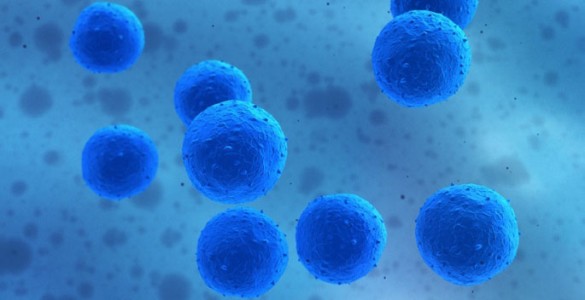by Yan Su
Cardiac tissue repair processes following myocardial infarction (MI or heart attack) can lead to dense scarring, impaired ventricular function and ultimately heart failure.
The Wnt signaling pathway, well known for its role in embryonic development and carcinogenesis, also plays a role in tissue repair. Signals are transmitted by secreted glycoproteins called Wnt ligands.
In a previous study, Antonis Hatzopoulos, Ph.D., and colleagues found that one Wnt ligand, Wnt10b, is induced after MI. To determine its role in cardiac repair, the researchers studied Wnt10b activation in the heart before and after injury.
They report in Circulation Research that Wnt10b improves cardiac tissue repair after a heart attack. Increased expression of Wnt10b can help to regenerate blood vessels and cardiac myocytes in the injury zone, reduce scar size and improve heart function in mice. Wnt10b can stimulate endothelial cell growth and smooth muscle cell recruitment.
These findings suggest that targeting Wnt10b may be a novel strategy to optimize cardiac repair after MI in order to prevent heart failure.
This research was supported in part by National Institutes of Health grants HL083958, HL100398, and HL095787.
Send suggestions for articles to highlight in Aliquots and any other feedback about the column to aliquots@vanderbilt.edu















